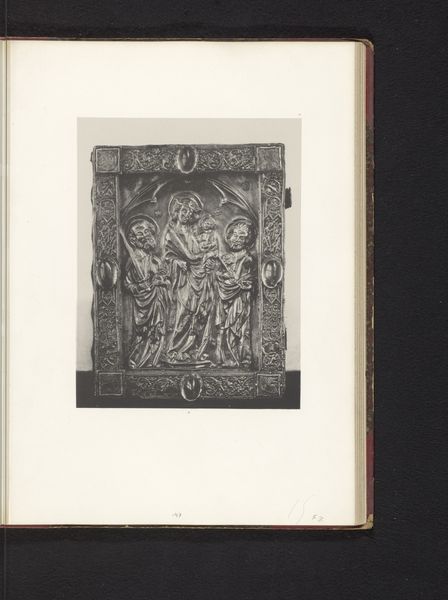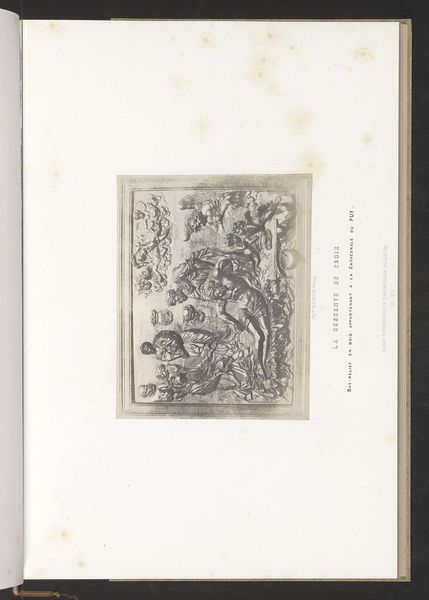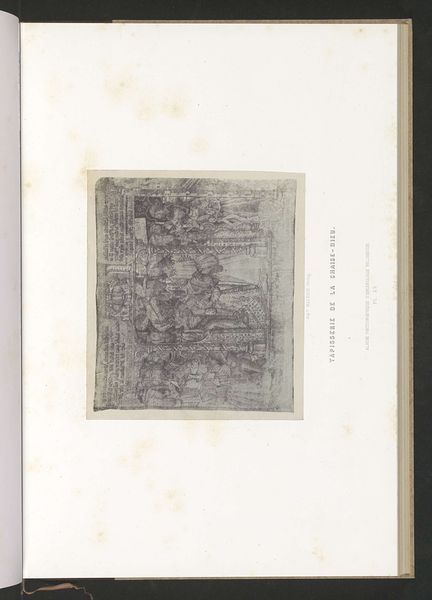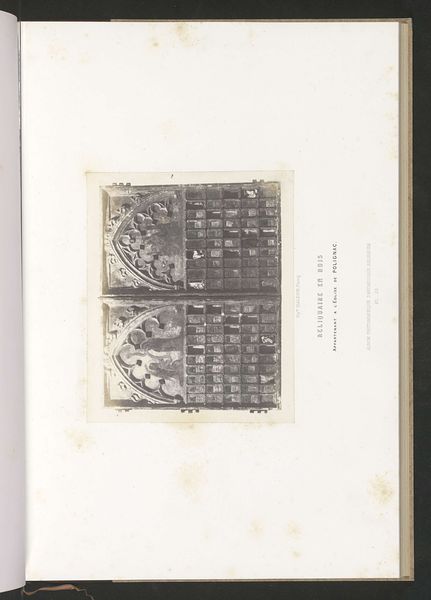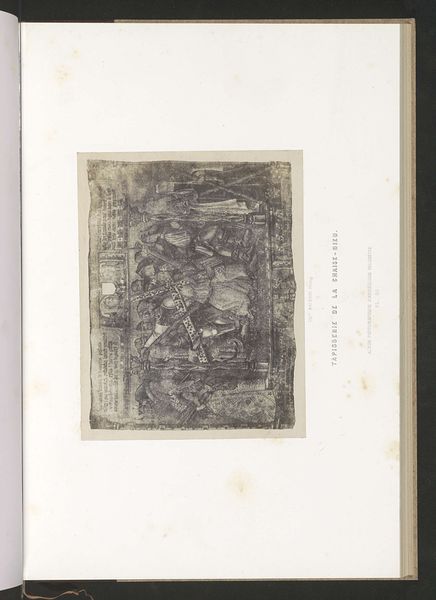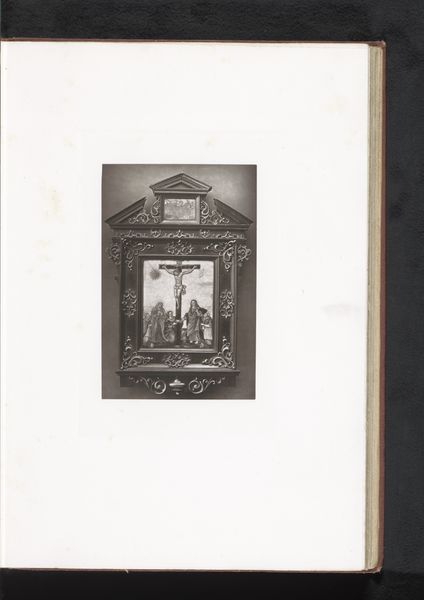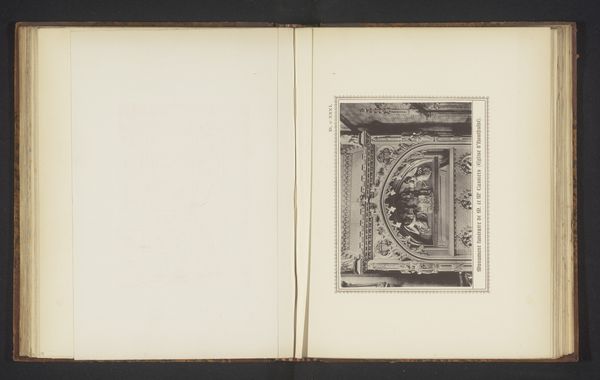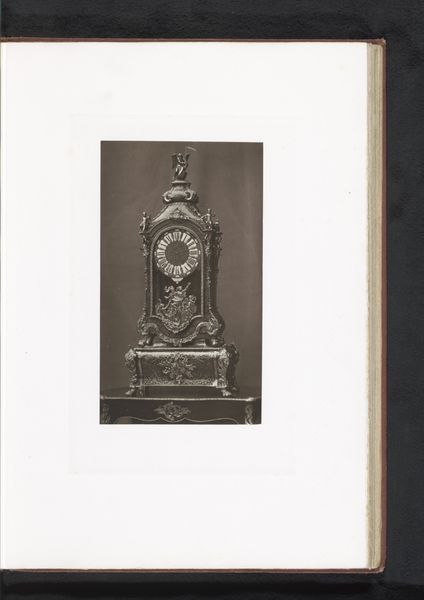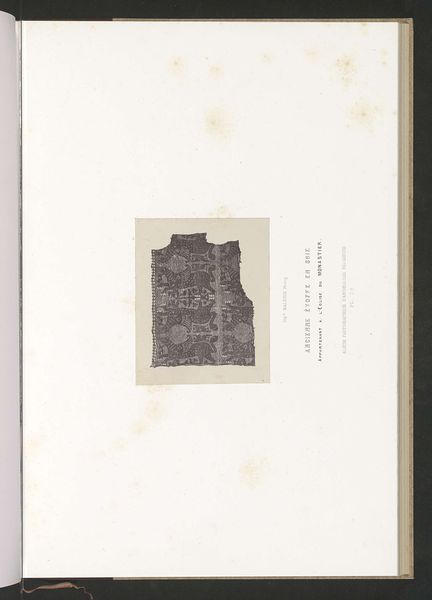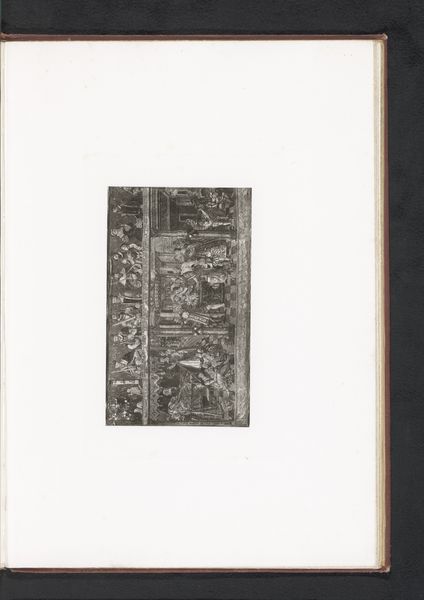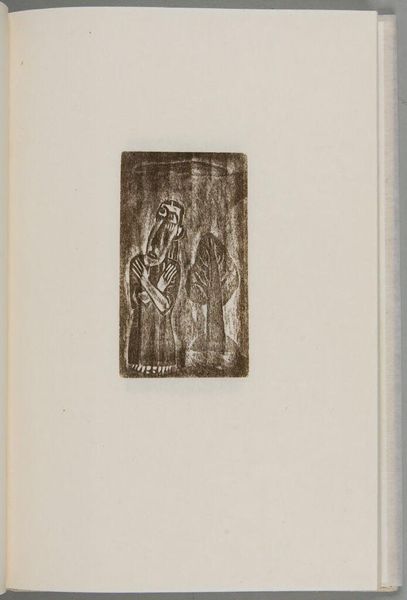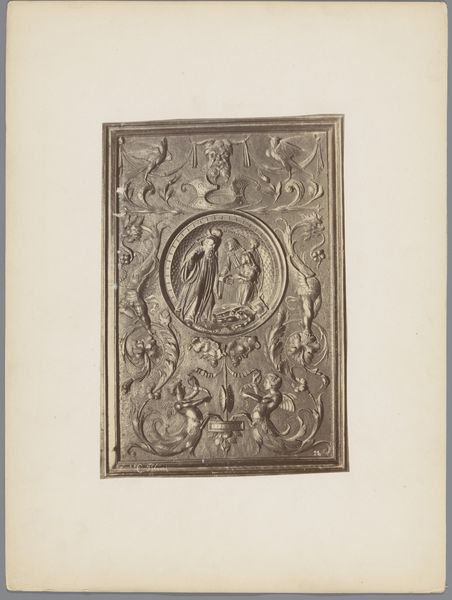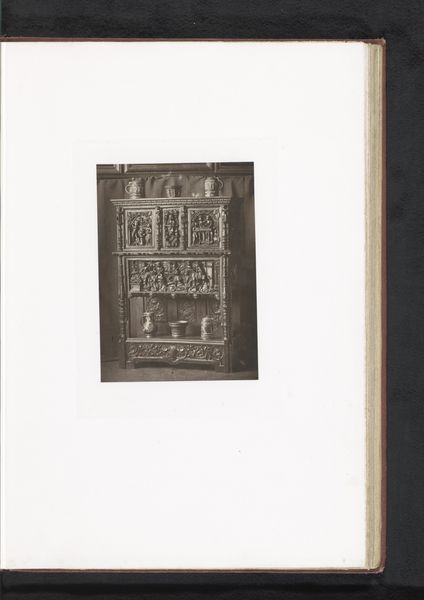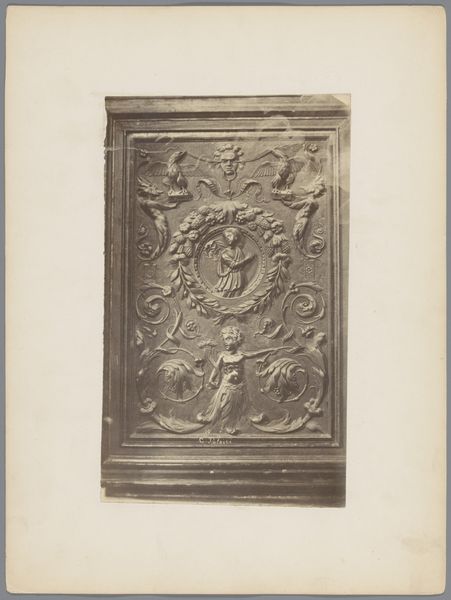
Bas-reliëf met de marteldood van de heilige Andreas, afkomstig van de kathedraal van Le Puy-en-Velay before 1857
0:00
0:00
#
aged paper
#
toned paper
#
homemade paper
#
pale palette
#
ink paper printed
#
incomplete sketchy
#
hand drawn type
#
watercolour bleed
#
tonal art
#
watercolor
Dimensions: height 172 mm, width 191 mm
Copyright: Rijks Museum: Open Domain
This bas-relief depicts the martyrdom of Saint Andrew, likely crafted for the Cathedral of Le Puy-en-Velay. The dominant symbol here is the X-shaped cross, or crux decussata, upon which Saint Andrew is crucified, a symbol intrinsically linked to his identity. The motif of the reversed cross, or St. Peter’s cross, recurs through the ages, representing humility and unworthiness compared to Christ. This symbol finds earlier echoes in ancient Rome, used to represent the underworld and inverted power structures. Over time, the cross evolves, accumulating layers of meaning. Such imagery taps into a primal, psychological space where fear and reverence intertwine, engaging viewers on a profound, subconscious level. The emotional weight of sacrifice and faith is palpable. Thus, we observe the symbol’s journey: from ancient origins to its Christian adaptation, resurfacing through the centuries, each iteration adding depth and complexity, mirroring the cyclical nature of cultural memory and spiritual expression.
Comments
No comments
Be the first to comment and join the conversation on the ultimate creative platform.
